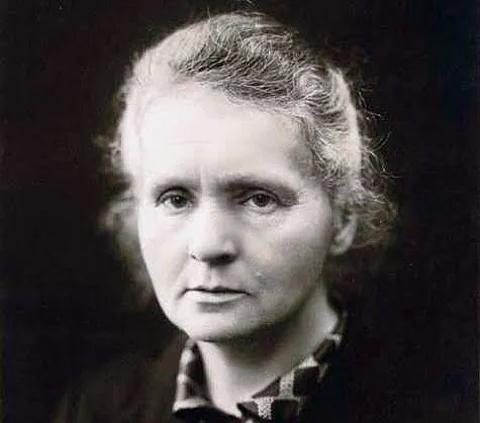

I don’t know about you, but Marie Curie is the first name that comes to my mind when anyone says the words ‘Nobel prize’. And even if that’s not the case with you, there is no denying the fact that she is an inspiration for everyone around the world. Born as Maria Salomea Skłodowska AKA Marie Skłodowska Curie, she was a Polish physicist and chemist best known for her research on radioactivity and the discovery of radium. November 7 is her birth anniversary, so it’s a good day to not just remember her, but also feel inspired by her. Let us take you through her very many achievements.
The term 'radioactivity'
This term has become a common word today, but have you ever wondered who coined the term? You guessed it right! It was Marie Curie herself. According to Encyclopaedia Britannica, radioactivity is the property exhibited by certain types of matter of emitting energy and subatomic particles spontaneously. It is, in essence, an attribute of individual atomic nuclei.
A woman of many firsts
Curie was the first woman to be awarded the Nobel Prize in the year 1903! She, along with Pierre Curie (her husband) and Henri Becquerel, were given the Nobel Prize in Physics in recognition of their extraordinary services rendered in the radioactive phenomena.
Double whammy
The Warsaw-born scientist changed many mindsets by becoming the first woman to win the Nobel, but no, she did not stop there. In the year 1911, she bagged the Nobel prize in Chemistry in recognition of her discovery of radium and polonium. She remains the only woman who has won two Nobel prizes in two different scientific fields. What a feat!
Yes, Madam Curie
Marie Curie moved to Paris in the year 1891 to pursue higher education and studied Physics, Chemistry and Mathematics at the University of Paris. Years later, after achieving great heights through her research, she became the first woman to teach at Sorbonne University, Paris. Though she was almost denied the post because of her gender, she went on to teach General Physics at the university.
In her name
When World War I broke, this multiple award-winning scientist expressed her patriotism by exhibiting her research work. More than 200 permanent x-ray posts were established, operated and repaired by her. Doctors working near the battlefield used these x-ray posts and the posts came to be known as 'Little Curies'. She also named the first chemical element she discovered polonium, after her native country.
And Curie's curious journey ended
Though this lady extraordinaire achieved great laurels, the long-term exposure to radiation resulted in her death. Marie Curie died of aplastic anemia on July 4, 1934, at the age of 66. But she lives on in our memory and in our textbooks.
